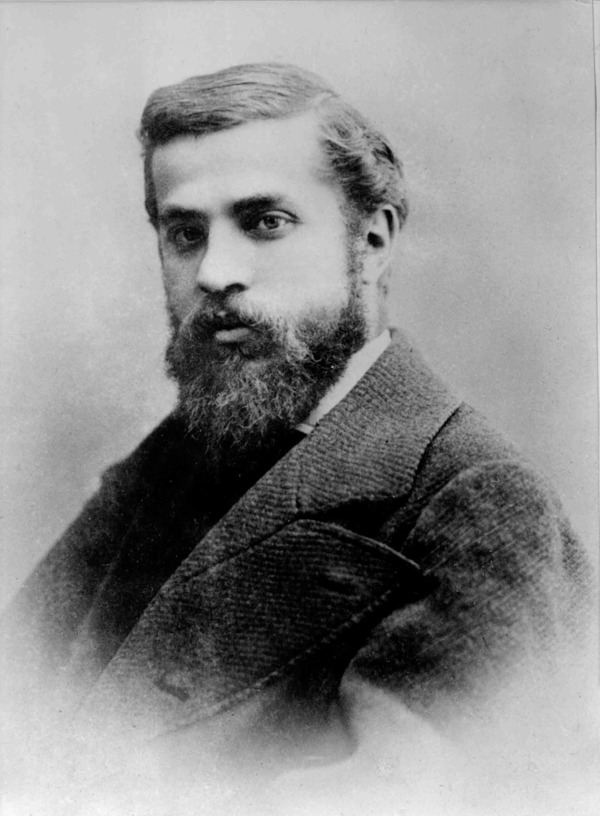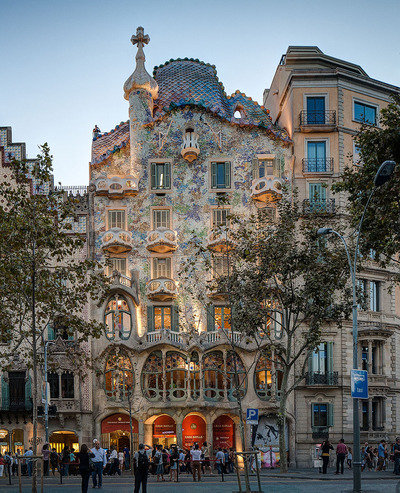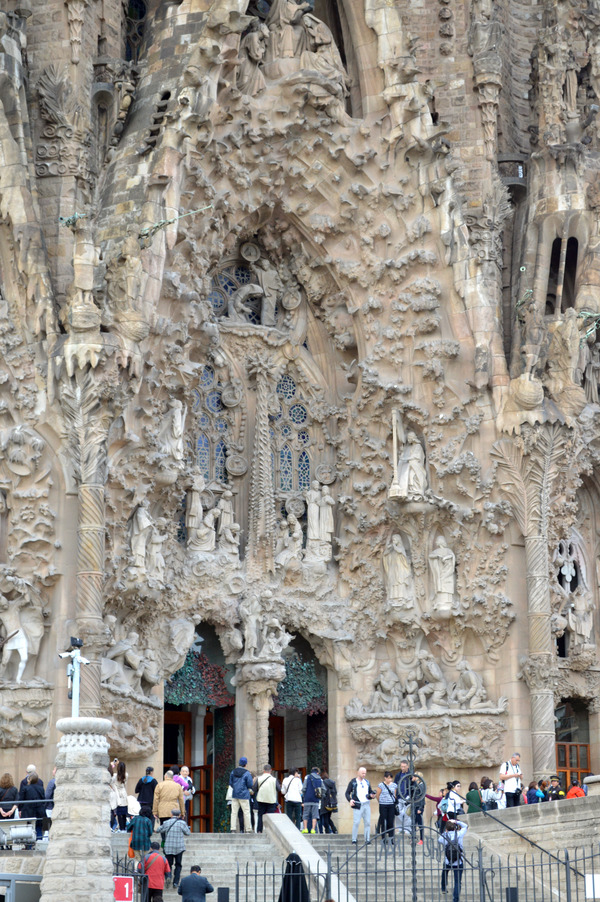People You Might not have read about in the History Books
Antoni Gaudí and the Sagrada Familia

Antoni Gaudi was born in 1852. His family lived in Riudoms, a small town in Catalonia, Spain. Antoni enjoyed exploring the natural world. He worked in his father’s boiler shop, and he also spent some time working in a textile mill. He was very proud of being from Catalonia; throughout his life, he preferred speaking the local language, Catalan, instead of Spanish.
In 1868, Antoni began to study architecture in Barcelona. He also studied the techniques of a variety of crafts, including sculpting, modeling, ironwork, and stained glass. After graduation, he became a successful architect. Among his many projects, were Casa Batlló, the Parc Güell, and the episcopal palace of Astorga. He developed his own unique style of architecture, drawing influences both from traditional artistic styles and from natural patterns.
Antoni never married; instead, he cared for his father and for his disabled niece Rosita, who was left an orphan after the death of his sister and brother-in-law.



He devoted the final years of his life to his most well-known work: the Sagrada Familia Church in Barcelona. He began overseeing the project in 1883. Eventually, he was working on it full-time and stopped undertaking other projects. He had always been a devout Catholic but now he dedicated even more of his time to prayer and penance and embraced a life of voluntary poverty.



Antoni was killed in a traffic accident in 1926 while he was walking to church. Bystanders assumed that he was a beggar due to his shabby clothing. After his death, work on the Sagrada Familia was continued by his assistant Domènec Sugrañes i Gras but it was interrupted in 1936 by the Spanish Civil War. Anarchist rioters destroyed Gaudi’s original plans and damaged the building. Domènec died two years later. The plans were reconstructed, and work resumed in 1940 under a series of different architects.
The church was consecrated by Pope Benedict XVI in 2010, but it may not be completely finished until 2040. Gaudi planned for it to have three facades; one depicting the Nativity, one depicting the Passion, and one depicting Christ in glory. It will have 18 spires representing Jesus, Mary, the 12 apostles, and the four evangelists. When the tallest spire is finished, the Sagrada Familia will be the tallest church building in the world.
Antoni Gaudi was named Servant of God in 2003.
